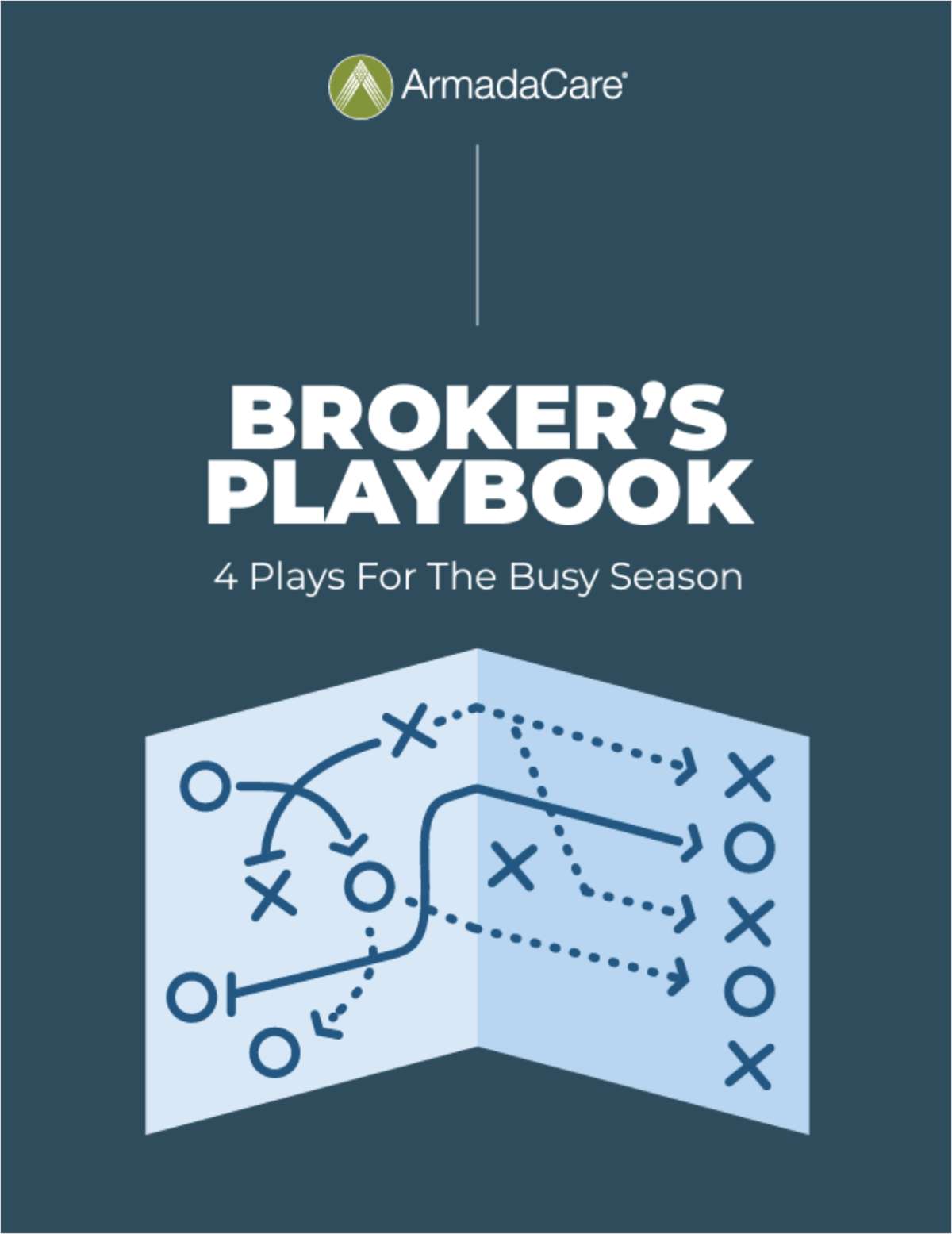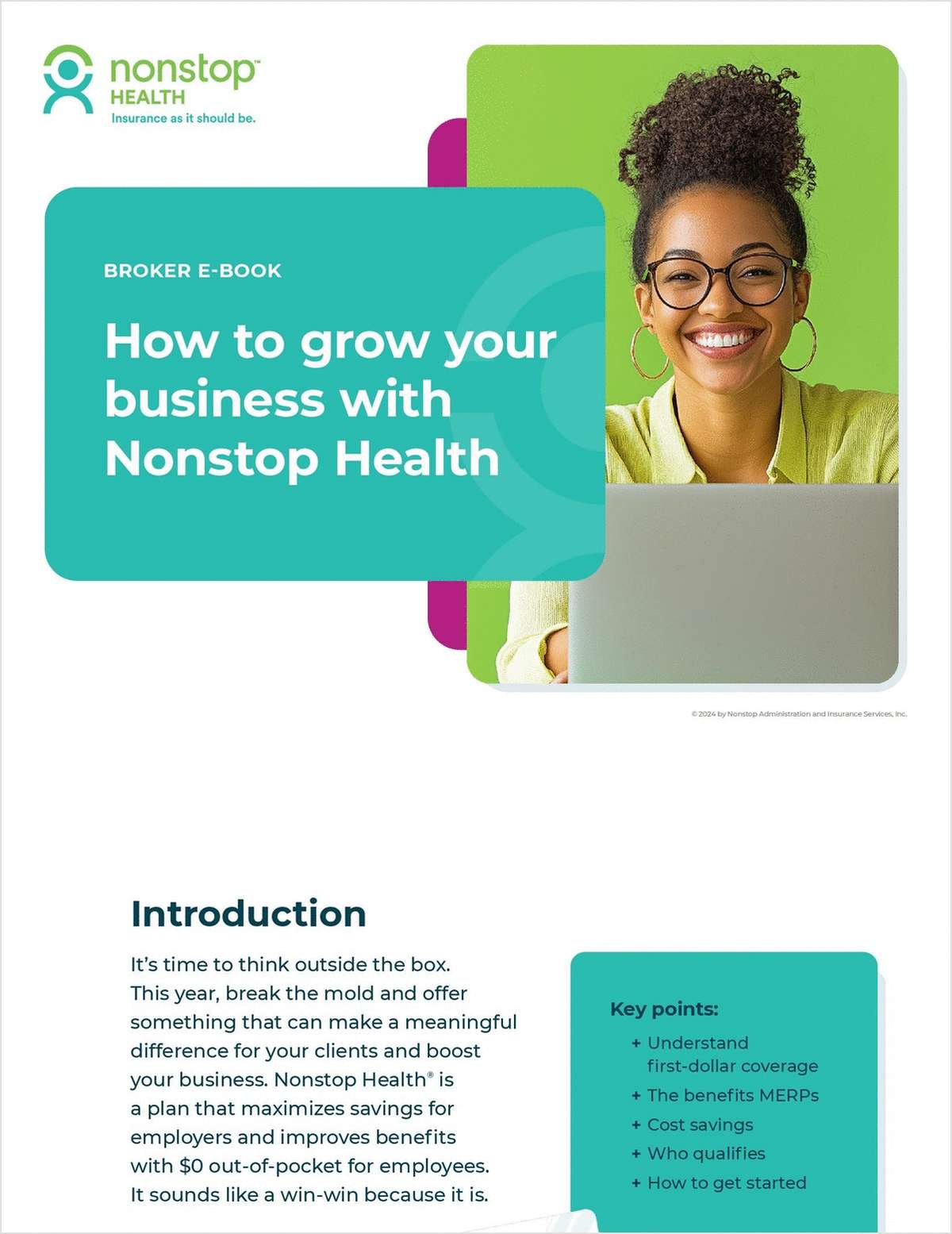Social media marketing has begun to creep into every aspect of business, so why should marketing employee benefits be any different? Let's briefly discuss the realm of business-to-business social media connectivity. We'll focus on using LinkedIn, since it is the most common business-oriented platform.
Your target audience
The first thing to define is your target audience. In my role at Mutual of Omaha, my target audience is comprised of readers of this column and people who want access to trustworthy benefits expertise. There are many side segments in the audience as well, such as coworkers, customers and, yes, competitors. Another good piece of advice: If everyone is your target audience, no one is. Be specific.
Curate your profile
Once your target audience is established, curate your profile so your headline reflects the value you can deliver to your target audience. For example, my headline says: “Partnering with benefit professionals on voluntary and employer-funded employee benefit plan designs.” The balance of my profile consists of facts that support the credibility of my headline. It is neither a resume nor a brag piece. Add your work experience and accomplishments next. Finally, have someone carefully proof and fact check everything. There is nothing worse than saying “we will help you master all the details and nuances of the benefits marketpluce.” Oops! There goes credibility.
Ask for recommendations and fill out your skills
There are also areas for skill endorsements and recommendations. Ask trusted friends or customers for recommendations, since that can be a great way to have someone else tell your story, which makes it more authentic.
Develop a following
Most business professionals already have a LinkedIn account, and at least some contacts. It's a good idea to build your following by inviting people you know, including customers you currently serve, prospects you are actively pursuing, and former customers. The LinkedIn search and “people you may know” functions will help you find any you may have missed. Make sure to personalize your connection requests — this makes people more likely to connect.
Step beyond the basics
You may want to step beyond the basic “free” LinkedIn account into its Sales Navigator product. In Navigator, you can identify cross contacts, especially once you have built your direct contacts list as far as you are able. Let's say you want am introduction to a contact at the ABC Box Company. You do a web search and find out Mr. Johnson is your key target contact based on his title. Navigator will let you know whether any of your contacts are linked with Mr. Johnson, or other key people at the company who could provide an introduction. It's much better to connect through a personal introduction than a cold call.
Create a content strategy
Finally, create a content strategy. Original content is great, but takes time to develop, so finding articles targeted to your audience from sources like BenefitsPRO is a great place to start. Express why you think the content has value. When one of your contacts posts something relevant, don't just “like” it, comment. When you comment, you are showing thought leadership and creating engagement, which is a key point of using social media for business.
Continue Reading for Free
Register and gain access to:
- Breaking benefits news and analysis, on-site and via our newsletters and custom alerts
- Educational webcasts, white papers, and ebooks from industry thought leaders
- Critical converage of the property casualty insurance and financial advisory markets on our other ALM sites, PropertyCasualty360 and ThinkAdvisor
Already have an account? Sign In Now
© 2024 ALM Global, LLC, All Rights Reserved. Request academic re-use from www.copyright.com. All other uses, submit a request to [email protected]. For more information visit Asset & Logo Licensing.








